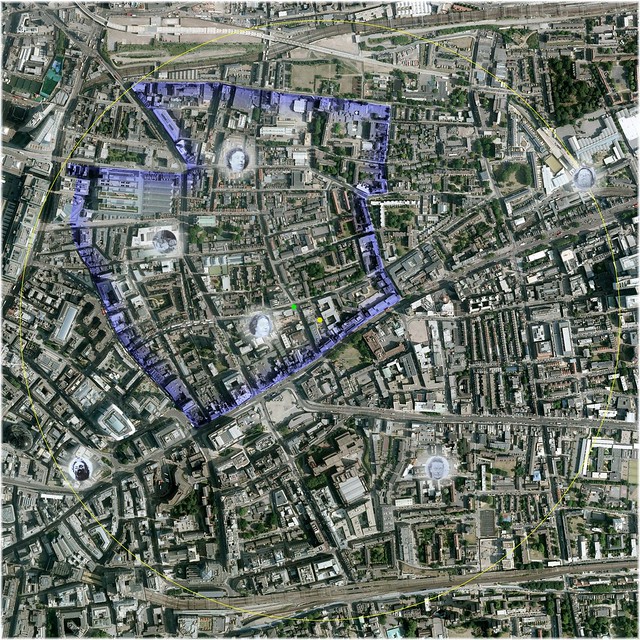Errata
These statements were not written directly by witnesses though. They were being transcribed by either a reporter or the police. They are being "cleaned up" for the wider public. Or in the case of Hutchinson removed completely.
None of this means the killer was Jewish. Simply that there were clues which pointed at Jews. Just as there were clues pointing at Gentiles.
These statements were not written directly by witnesses though. They were being transcribed by either a reporter or the police. They are being "cleaned up" for the wider public. Or in the case of Hutchinson removed completely.
None of this means the killer was Jewish. Simply that there were clues which pointed at Jews. Just as there were clues pointing at Gentiles.




Comment